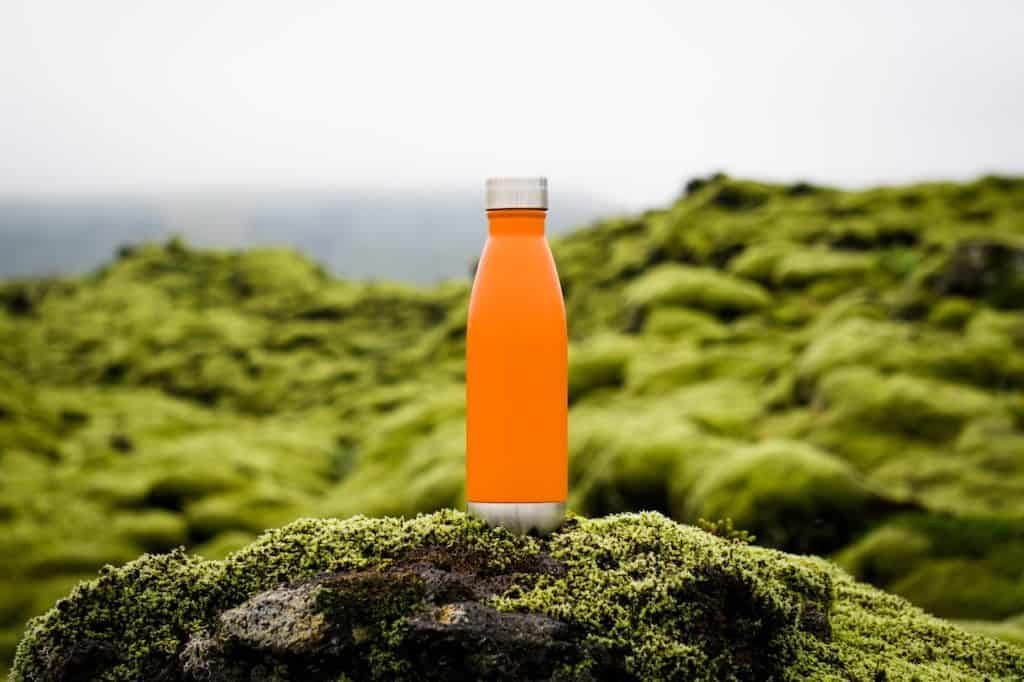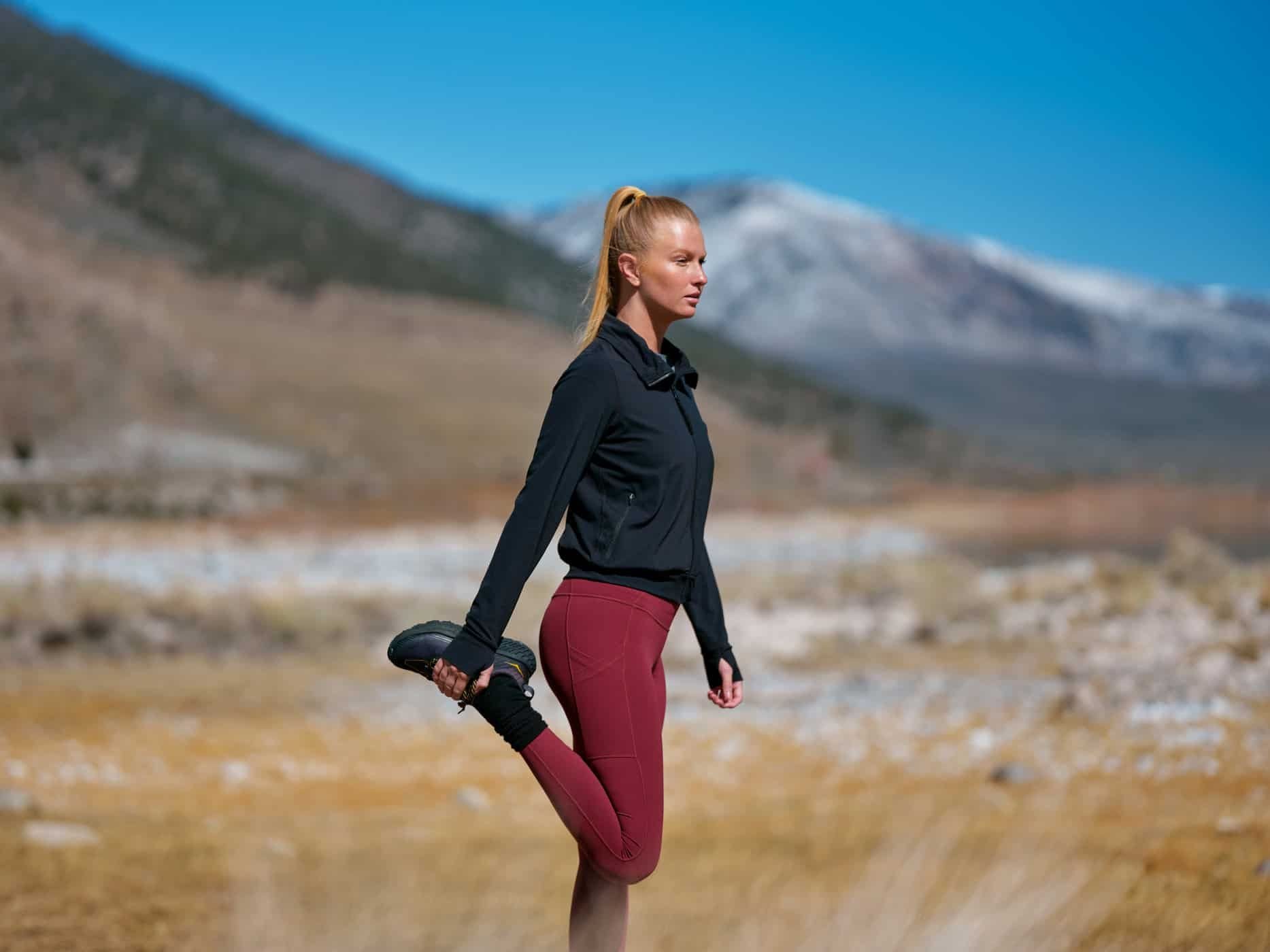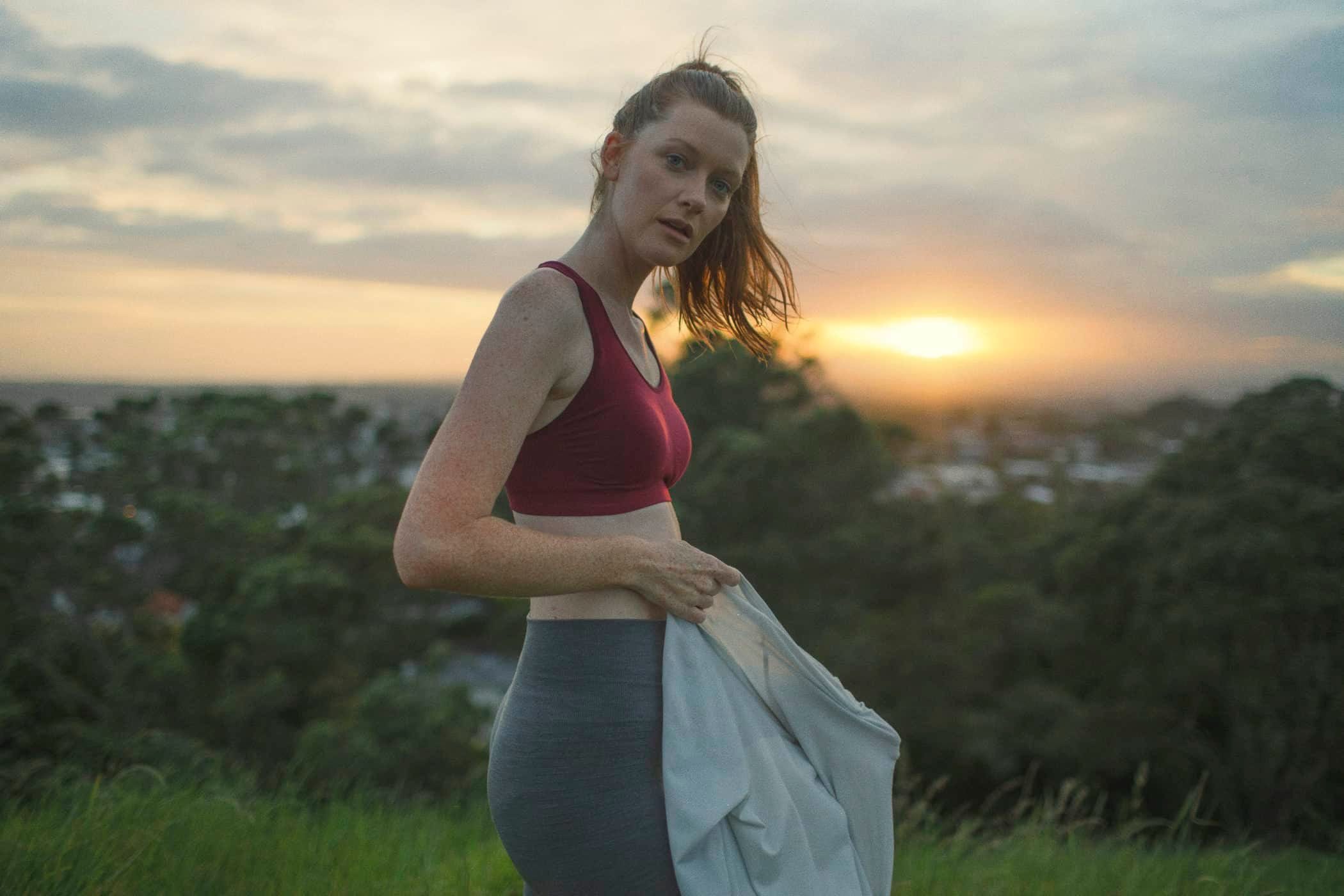Did you know that the traditional way to make a winter jacket requires petroleum extraction?
Conventional technical polyester fabric (PET) consists of mono-ethylene-glycol (30%) and terephthalic acid (70%), both petro-chemical compounds.
Thankfully other solutions exist. French manufacturer Picture has been using recycled polyester made from used plastic bottles since 2008. But the people at Picture are always looking for new solutions to directly or indirectly wipe out our dependence on fossil fuels.
Bio-sourcing represents one of these solutions.
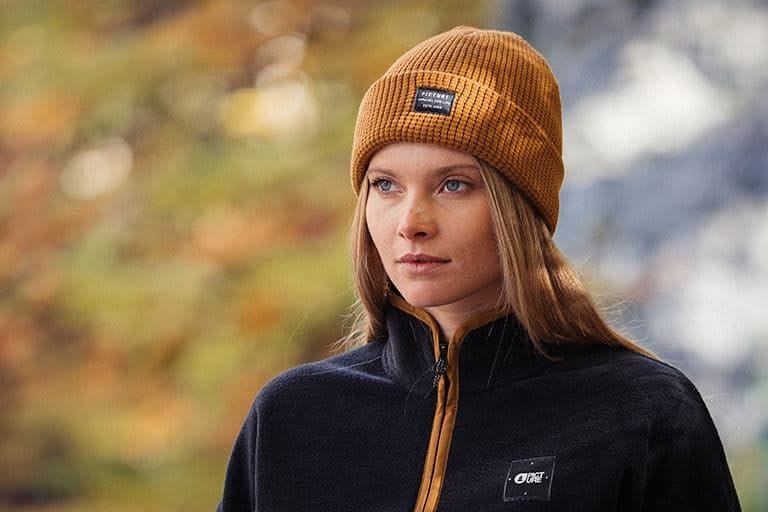
What is bio-sourcing?
In the case of a winter jacket, it means creating a fabric partially made with plant material such as sugar cane or castor beans. In general, plants that contain sucrose (ex. beets, sugar cane) or starch (ex. wheat, corn) can be transformed into bio-mono ethylene glycol (Bio-MEG) to replace conventional petroleum-based MEG.
Reorienting the company strategy towards bio-sourcing represents a major commitment to the environment and to wiping out the (extremely polluting) dependence on fossil fuels: oil in this case. The short-term goal at Picture is to expand the use of bio-sourced materials throughout the line of technical apparel. 30% of the Picture technical collection is made of bio-polyester in 2020/2021.
Let’s take sugar cane as an example – more specifically, the sugar extract from the sugar cane. Refining the sugar (melting, bleaching, and crystallization) produces molasses. After the fermenting process, the molasses is usually used to produce ethyl alcohol (or ethanol).

Fermenting sugars to make ethanol is one of the oldest biotechnologies used by human beings, especially in the alcohol industry, and has been around since prehistory to make alcoholic beverages. More recently, ethanol has also been used as a fuel.
Picture plans to use a fermentation process with specific bacteria that will transform the sugars from the raw material to create, through a chemical reaction, bio-ethanol. The bio-ethanol will then be converted into bio-mono ethylene glycol (BIO-MEG) through another phase of synthesis. This process provides a non-petroleum based MEG!
While complicated on the surface, it’s simply applying an age-old process to textile manufacturing. In the 1950s in France, they could make polyamide fabrics using castor bean oil. The petro-chemical industry decided otherwise by launching low-cost textiles onto the market.
Bio-sourced textiles require using a plant. Speaking of which, let’s talk about photosynthesis!
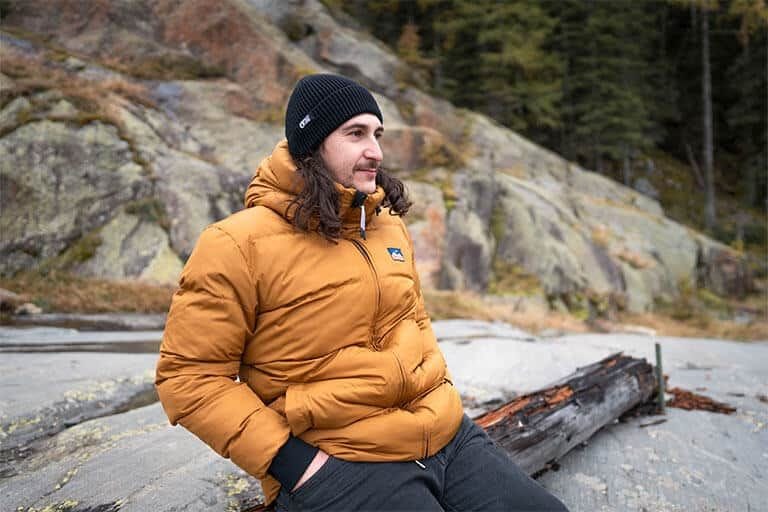
Photosynthesis for fabrics
Sugar cane is a C4 plant type. In other words, it captures a lot of CO2 during the growing phase (60t per hectare per year). Even though some of the CO2 is released during the harvest, 18t remains into the soils and CO2 will be re-captured as the plant will grow again. (1)
With sorghum, corn and millet, C4 plants represent approximately 30% of CO2 captured by natural carbon sinks, according to the Royal Society. (2) These products are true allies in the fight against climate change.
However, deforestation is the main issue when it comes to farming. That’s why Picture does not, and will not, use new land for textiles only. Rather, it uses sugar cane waste from an existing sugar farm.
In 2020/2021, Picture will make some jackets using both recycled (from plastic bottles) and bio-sourced fabrics as the next step in the move away from using conventional, petroleum-based polyester.



